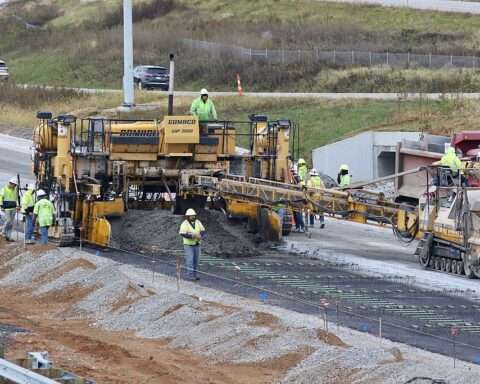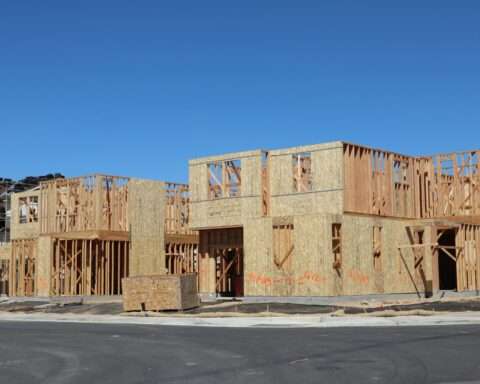The Bloomington and Normal Water Reclamation District (BNWRD) in Illinois will use $39 million to modernize and rehabilitate its wastewater treatment plant, improve climate change resiliency and remediate harmful chemicals.
The federal investment will support the Bloomington-Normal Wastewater System Modernization and Rehabilitation Program. The funds will allow the district to ensure its wastewater treatment plant and conveyance systems comply with environmental regulations. In addition, BNWRD will increase system resiliency and reduce sewer overflows.
Plans include converting backup generators to natural gas and solar power. The transition allows the district to reduce greenhouse gas emissions (GHG) and energy costs while improving air quality. BNWRD will also identify per- and polyfluoroalkyl substances (PFAS) in local water supplies. These “forever chemicals” – long-lasting pollutants used in many water-resistant and personal-care products – pose serious health risks to the public health and environment. The district will develop strategies to reduce PFAS discharge into water sources.
The wastewater system modernization and rehabilitation program will address aging infrastructure, environmental concerns, water capacity and growing service demands. BNWRD will implement smart sewer technology and eliminate a combined sewer overflow outfall to mitigate damage to people or local ecosystems. Plans include increasing extreme weather infrastructure resiliency and complying with current and future regulatory requirements.
The Environmental Protection Agency provided the funds through the Water Infrastructure Finance and Innovation Act (WIFIA). Since 2014, WIFIA has provided more than $20 billion to support nationwide water infrastructure. These include projects for wastewater conveyance and treatment, drinking water distribution, enhancing energy efficiency at water facilities, desalination, recharging aquifers and water recycling.












